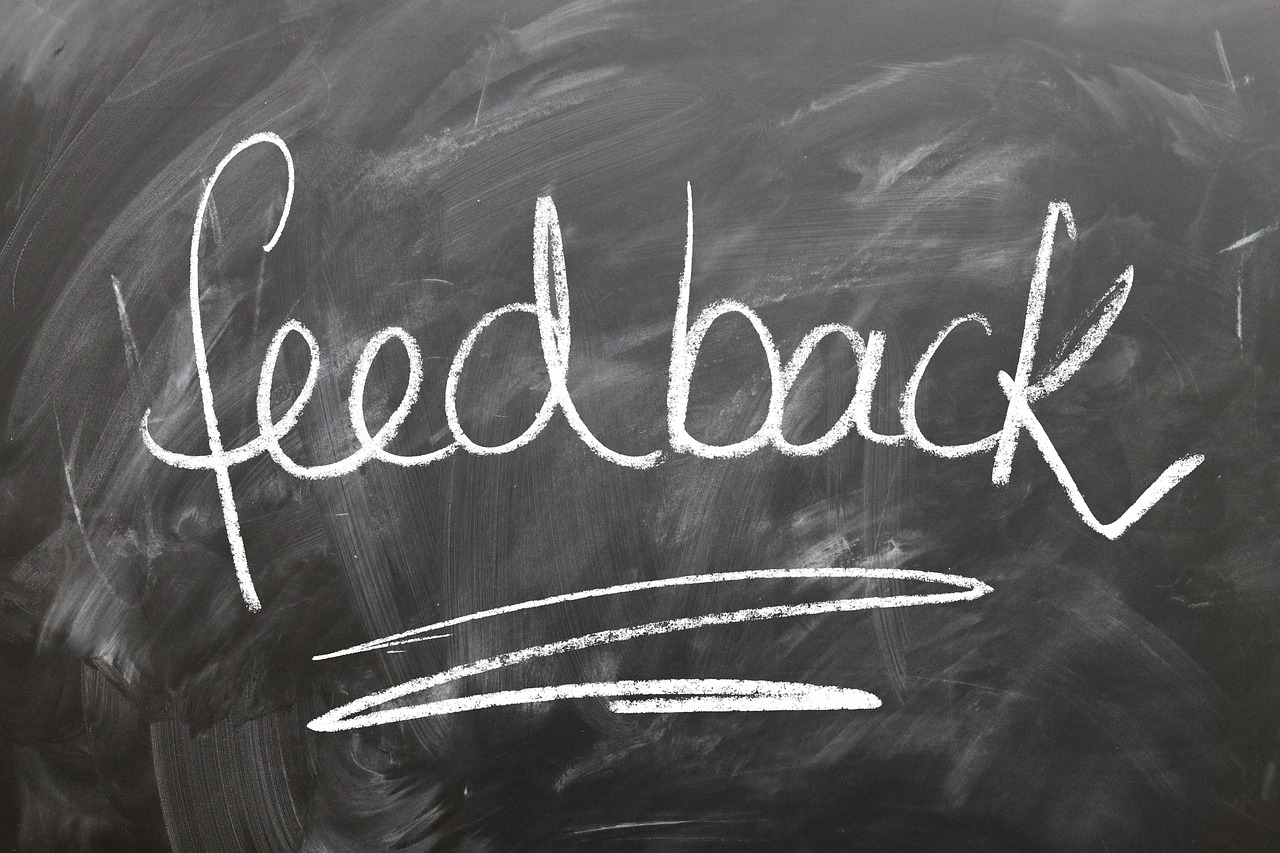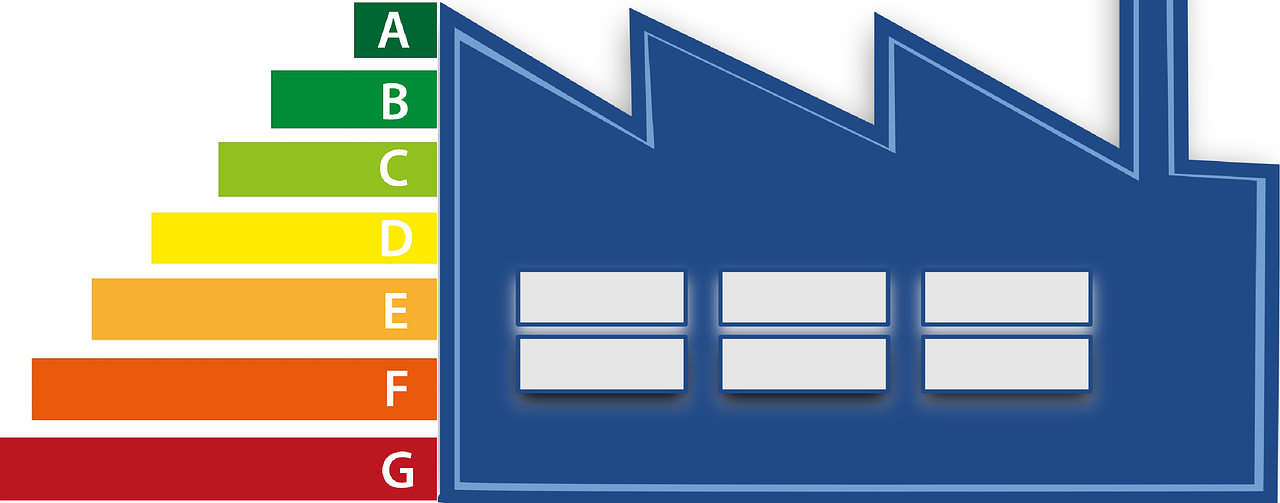In today’s rapidly evolving market landscape, turning customer feedback into a strategic advantage stands as a cornerstone for business success. Companies that actively listen to their customers not only adapt more efficiently but also cultivate loyalty and innovate with confidence. Despite the wealth of feedback available—from surveys to social media chatter—many organizations struggle to harness it effectively. Research reveals that a significant portion of customer service leaders, nearly 76%, lack comprehensive visibility into their entire customer experience. This gap results in missed opportunities to enhance products, streamline services, and ultimately grow organically. By implementing structured feedback strategies, businesses can identify pain points, discover unmet needs, reduce churn, and elevate retention rates. Meanwhile, embedding actionable insights into decision-making transforms real-time customer sentiments into a potent competitive edge. This article explores how to build and refine a customer feedback strategy that’s not just about collecting information but about converting it into sustained growth and customer satisfaction.
Building a Robust Customer Feedback Strategy with Clear Goals and Measurable Metrics
Effective customer feedback strategies begin with the setting of precise, actionable goals. Without clarity on what businesses aim to achieve, feedback efforts can end up as a pile of data with little direction. For instance, businesses may want to improve product quality, enhance user experience, or boost customer loyalty. Defining these objectives upfront allows companies to align feedback collection around key performance indicators, making insights more relevant and actionable.
To operationalize goals, incorporating metrics such as Net Promoter Score (NPS), Customer Satisfaction (CSAT), and Customer Effort Score (CES) is crucial. These quantitative measures offer a clear lens into customer sentiment and loyalty trends. For example, Salesforce clients often leverage these scores to evaluate the success of product launches and customer service initiatives simultaneously. Setting benchmarks also empowers organizations to assess progress over time and adjust strategies dynamically.
Prioritizing goals based on direct customer impact is essential. Start by focusing on areas known to drive retention and expansion, such as resolving frequent complaints or streamlining complex service processes. The toolkits from industry leaders like Qualtrics and Medallia offer sophisticated dashboards that assist in aligning feedback with business priorities, providing visualization of trend shifts and sentiment fluctuations in real-time.
- Define your feedback objectives: product improvement, customer experience, brand loyalty
- Select clear, actionable metrics (NPS, CSAT, CES) for quantifiable analysis
- Align feedback initiatives with strategic business goals and growth plans
- Use analytics platforms such as Qualtrics and Medallia to integrate feedback data
- Establish routines for reviewing and updating feedback goals quarterly
| Metric | Purpose | Effective Use Case |
|---|---|---|
| Net Promoter Score (NPS) | Measures customer loyalty and likelihood to recommend | Quarterly surveys on customer referral intent |
| Customer Satisfaction (CSAT) | Assesses satisfaction with a specific interaction or product | Post-purchase or post-support interaction surveys |
| Customer Effort Score (CES) | Measures ease of customer task completion | After returns, cancellations, or support tickets |
Integrating a goal-driven approach enables businesses to go beyond feedback collection by establishing a framework where customer insights translate into meaningful actions. This foundation supports scalable strategies for long-term growth.

Creating a Continuous Customer Feedback Loop That Drives Improvement
The customer feedback loop stands at the heart of transforming raw input into impactful business changes. This cycle—comprising asking, categorizing, acting, and following up with customers—forms a dynamic and responsive mechanism, essential for maintaining customer trust and enhancing satisfaction.
First, gathering feedback requires a multi-pronged approach. Utilize a combination of surveys, digital platforms like Zendesk or Freshdesk for support interactions, and social listening tools such as Khoros to monitor brand mentions in real time. This comprehensive collection ensures a 360-degree view of customer sentiment.
Once collected, feedback needs to be categorized effectively. Segmentation into positive, neutral, and negative feedback allows teams to prioritize resources efficiently. Companies using UserVoice report enhanced ability to identify trends and direct focus toward critical product improvements or service enhancements. Advanced analytics powered by NICE Satmetrix can automatically tag and group feedback, streamlining this process.
Crucially, acting on feedback involves closing the loop swiftly. When customers see their suggestions and complaints result in tangible changes, loyalty increases. For example, a software firm that rapidly addressed user requests for a mobile app feature improved its retention rates significantly. Following up reassures customers that their voices matter and fosters ongoing engagement.
- Collect feedback through diverse channels including Zendesk, Freshdesk, and social media monitoring tools like Khoros
- Organize feedback into actionable categories: positive, negative, neutral
- Prioritize issues that impact customer satisfaction and retention
- Implement solutions and communicate back to customers promptly
- Use follow-up interactions to build trust and encourage continuous feedback
| Step | Key Actions | Benefits |
|---|---|---|
| Ask | Deploy surveys and monitor social listening | Broad and real-time feedback |
| Categorize | Segment feedback by sentiment and theme | Organized data for targeted response |
| Act | Resolve issues and improve products | Increased customer satisfaction and loyalty |
| Follow Up | Communicate changes to customers | Builds trust and encourages ongoing engagement |
Consistent implementation of this loop requires discipline and cross-team collaboration, ensuring active listening translates to real improvements.
Leveraging Omnichannel Feedback Channels to Maximize Customer Insights
Understanding your customers in 2025 demands an omnichannel approach to feedback collection. Consumers today engage across a plethora of platforms—email, social media, apps, review sites—each offering unique perspectives on their experiences. Companies that recognize this shift and use technology like SurveyMonkey and HubSpot to centralize feedback data gain valuable insights that single-channel approaches miss.
Choosing the right channels means evaluating when and where customers naturally interact with your brand. For example, in-app surveys are effective during crucial touchpoints such as onboarding or new feature releases, while social media listening provides real-time sentiment analysis around marketing campaigns. Email follow-ups remain invaluable for personal, direct feedback and resolving service issues.
A balanced feedback strategy also includes managing proactive and reactive methods. Proactive engagements might involve scheduled surveys or post-purchase questionnaires. Reactive feedback captures spontaneous input, such as reviews or customer service tickets. Tools like Salesforce and Zendesk integrate these data streams to provide a unified view for more strategic decision-making.
- Utilize multiple feedback channels: surveys, social media, in-app prompts, email
- Leverage platforms like SurveyMonkey, HubSpot, and Salesforce to integrate feedback
- Match feedback methods to customer behavior and journey stage
- Blend proactive (surveys) and reactive (reviews, tickets) feedback gathering
- Ensure brand messaging consistency across all feedback channels
| Channel | Best Usage | Strengths |
|---|---|---|
| Surveys | Quantitative insights post-purchase or interaction | Structured, measurable data |
| Social Media | Real-time sentiment and trend monitoring | Broad reach, immediate feedback |
| In-App Feedback | Contextual and timely insights during user interactions | High relevance, specific |
| Personalized follow-up and issue resolution | Direct, scalable communication |
Expanding feedback reach through omnichannel strategies equips businesses with the comprehensive understanding necessary to innovate and retain customers successfully.

Transforming Feedback into Actionable Insights that Fuel Business Growth
Collecting customer feedback is only as valuable as the actions it inspires. Turning insights into practical improvements propels product innovation and elevates the overall customer experience. Consider how Nike implemented customer suggestions to enhance the design and functionality of its wearable tech products, resulting in higher satisfaction and market share.
The process begins by identifying urgent issues highlighted by customers, then assigning ownership to ensure accountability. Tools like UserVoice and NICE Satmetrix provide detailed reports and prioritization features that help direct resources where they will have the most significant impact.
Developing a product or service roadmap guided by feedback trends keeps improvements aligned with what customers value most. A quarterly review cycle incorporating input from teams using Freshdesk to manage support tickets ensures responsiveness to new challenges and evolving needs. Continual iteration based on feedback strengthens competitive advantage and fosters resilience in uncertain times, such as fluctuating markets or technological disruptions.
- Convert feedback into specific, actionable goals and tasks
- Assign clear ownership and deadlines for follow-through
- Use platforms like UserVoice and NICE Satmetrix to prioritize effectively
- Implement a transparent product/service roadmap driven by customer insight
- Schedule regular reviews to adapt plans based on evolving feedback
| Step | Description | Tools & Platforms |
|---|---|---|
| Identify Key Issues | Analyze feedback data to highlight urgent and high-impact problems | SurveyMonkey, UserVoice |
| Assign Ownership | Designate team leads responsible for implementing solutions | Freshdesk, Salesforce |
| Develop Roadmap | Prioritize initiatives aligned with customer demand and business goals | Qualtrics, Medallia |
| Review & Adapt | Regularly assess effectiveness and update plans accordingly | Zendesk, HubSpot |
By consistently converting feedback into tangible actions, businesses foster deeper customer relationships and ensure their offerings stay relevant and competitive.
Establishing a Sustainable Customer Feedback Culture Across the Organization
Embedding a customer feedback culture is vital for long-term success. It requires commitment from leadership, the right tools, and employee engagement across all levels. Companies with a strong feedback culture tend to experience not only improved customer experiences but also enhanced employee morale and innovation. For example, corporations using platforms like Salesforce and HubSpot often integrate feedback loops directly into workflows, encouraging teams to value and act on customer voice continuously.
Establishing this culture involves several deliberate actions:
- Leadership buy-in: Executives must champion the importance of listening attentively to customers and endorsing actionable outcomes.
- Training and empowerment: Equipping team members with skills and tools such as SurveyMonkey or Zendesk to collect, analyze, and respond effectively.
- Cross-functional collaboration: Encouraging departments to share insights and coordinate responses, breaking down silos.
- Recognition of feedback contributions: Celebrating teams and individuals who exemplify customer-centric thinking.
- Balanced feedback frequency: Avoiding feedback fatigue by spacing requests strategically and diversifying channels.
Ultimately, a sustainable feedback culture turns customer insights into a foundational business asset, critical during uncertain market conditions and innovation drives. Organizations adopting this mindset benefit not just from improved products but also from strengthened relationships with their customers and employees.

| Feature | Qualtrics | Medallia | Zendesk | SurveyMonkey | NICE Satmetrix | HubSpot | Salesforce | Freshdesk | Khoros | UserVoice |
|---|


